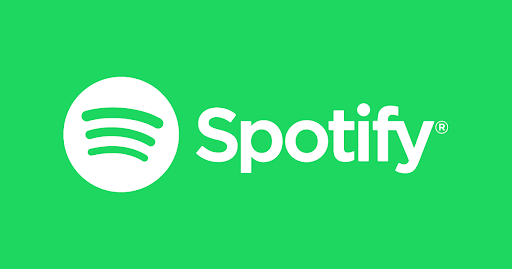One of the most insidious aspects of Spotify’s dominance is also the least visible: the opaque, proprietary algorithms that have become the most powerful gatekeepers in the history of music. The “Death to Spotify” movement is, in large part, a rebellion against this unseen enemy, a fight to bring transparency and human values back to the process of music curation.
Unlike a radio DJ or a music critic, Spotify’s algorithm doesn’t explain its choices. It uses thousands of data points—from a song’s tempo and instrumentation to your personal listening history and the habits of millions of other users—to decide what you hear next. The exact formula is a closely guarded corporate secret, leaving artists and listeners alike in the dark.
This lack of transparency is a major problem. Artists are left trying to guess what the algorithm wants, which can lead to a “chilling effect” on creativity, as they may be tempted to produce more generic music that they think will perform well. There is no one to pitch, no one to build a relationship with; there is only a black box to be appeased.
For listeners, it creates a subtle but powerful form of control. Without us even realizing it, our tastes are being shaped and reinforced by a commercial entity whose primary goal is to keep us listening, not necessarily to expand our horizons. This is the “algorithmic comfort zone” that critics warn is “flattening culture.”
The call to “decentralize music discovery” is a call to overthrow this unseen tyrant. It’s a demand for a system where the curation of our culture is done out in the open, by passionate, accountable human beings whose motivations we can understand and trust. It’s a fight to ensure that what we hear is determined by human taste, not secret code.
INDIA TV NEWS CHANNEL is multi-platform news and information media broadcast company. Every year, we deliver world-class journalism to more than 10 million world’s most influential audiences in over 150 countries, who want to stay up-to-date with all that is happening in the world. Whether it’s News, Sports, Money, Politics, or Entertainment, we drive an imperative conversation every day on every platform.
© Copyright by INDIA TV NEWS CHANNEL (A Digital Media Brand owned by AMAZON MEDIA LLC).
- About Us
- Our Team
- Our Mission
- Our Values
- Our Impact
- Chairman’s Words
- Share A Tip
- Careers
- Advertise
- Awards
- Media Solutions
- Journalism Standards
- Social Responsibility
- Editorial Policy
- Privacy Policy
- Terms of Service
- Code of Ethics
- Community Rules & Guidelines
- Editorial Complaints
- Newsletters
- Acquisition
- Licensing
- Investor Relations
- Contact Us

